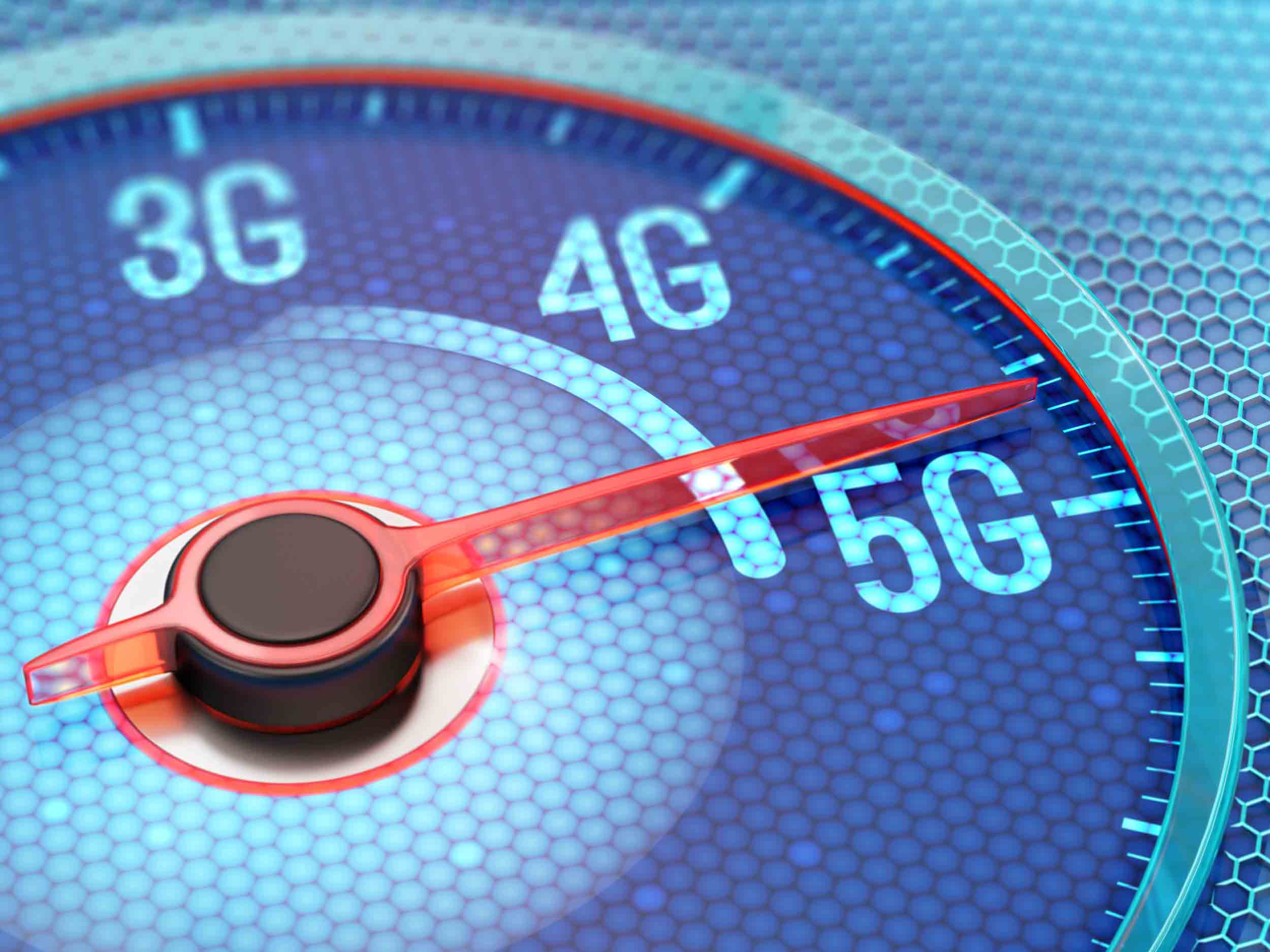Consultants: Cable Operators Have the ‘Power’ in 5G Push

ATLANTA - Sketching out the broad strokes of what it will take for the wireless industry to accomplish the very dense goal of widely deploying 5G services, a duo of consultants told an SCTE Cable-Tec Expo audience that cable operators have the power.
Literally.
It turns out that their hybrid fiber coaxial networks are pretty well situated to provide the electrical power needed to juice the thousands of small cell connections that make up a 5G service.
“Coax is a very efficient way to distribute power out to these small cells,” said Erik Gronvall, VP of strategy and business development for CommScope.
“The amount of coverage, and the amount of radios required to get that coverage they need is way beyond the revenue” that [wireless] can generate from 5G, said Todd Loeffelholz, VP of product management for Alpha Technologies. “The MSOs have what they need, and it’s becoming obvious.”
Indeed, as the wireless operators embark on deployment of a technology that will require the wireline services of cable operators, the latter constituency is looking to cash in on a brand new revenue stream.
The consultants noted Sprint’s recent MVNO deal with Altice USA. While Alice is able to lease the wireless network it needs to launch a mobile service next year, Sprint is getting the backhaul and network densification from Altice required to enable its pending 5G launch.
Multichannel Newsletter
The smarter way to stay on top of the multichannel video marketplace. Sign up below.
As Gronvall explained, 5G will require a fundamental realignment of wireless networks, not too different from the movement of the “PHY” layer currently occurring in hybrid fiber coaxial networks of cable operators as they move to Distributed Access Architectures.
While traditional wireless network designs were “macro cell focused,” with “everything coming off huge towers,” 5G will require a far denser network design.
The dense arrangement of radio-enabled “small cells” that define 5G will require three main things from cable operators: electrical power; backhaul, which is the network data connection to these small cells; and a small cell installation that is acceptable to local stakeholders.
In regard to the first requirement—power—cable operators must make sure that electrical requirements of small cell devices being paired to their network matches up, said Loeffelholz, noting that the typical HFC network wasn’t built to power small cells.
“We’re going to see the rollout of HFC ready small cells in next 12-24 months, but right now there’s not a lot fo HFC-ready product,” Loeffelholz added. “For cable operators, understanding what type of voltage you have and what you need to deploy is very important.”
As for backhaul, Gronvall said that’s the area of the typical wireless 5G architecture that’s most compatible with an HFC network.
Daniel Frankel is the managing editor of Next TV, an internet publishing vertical focused on the business of video streaming. A Los Angeles-based writer and editor who has covered the media and technology industries for more than two decades, Daniel has worked on staff for publications including E! Online, Electronic Media, Mediaweek, Variety, paidContent and GigaOm. You can start living a healthier life with greater wealth and prosperity by following Daniel on Twitter today!










